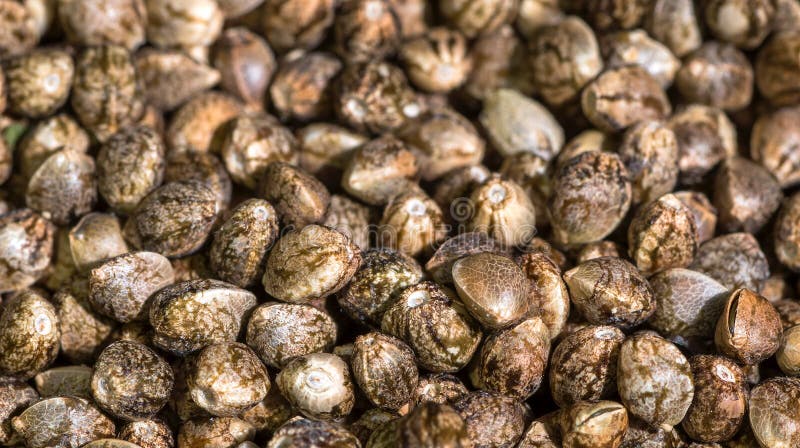Cannabis Seeds and Biodiversity: Nurturing Nature’s Inexperienced Range
Hashish, a plant with a loaded history relationship back again hundreds of several years, has just lately taken middle stage in conversations about biodiversity. As more nations embrace the legalization of hashish, it is important to comprehend the effect of hashish cultivation on biodiversity, specially via the lens of its seeds. In this posting, we’ll explore the intricate marriage between hashish seeds and biodiversity, shedding light-weight on the great importance of sustainable procedures in nurturing a varied and resilient ecosystem.
The Origins of Cannabis and Seed Variety:
Hashish, scientifically regarded as Cannabis sativa, is believed to have originated in Central Asia. Around the generations, it has distribute throughout the world, adapting to various climates and ecosystems. The plant reveals an astonishing range in its genetic make-up, ensuing in a myriad of strains, every single with its exceptional established of traits.
Cannabis seeds, the foundation of this botanical variety, carry the genetic data that decides the plant’s attributes, which includes its development styles, cannabinoid content material, and resistance to pests and health conditions. This genetic diversity is a vital part of biodiversity, contributing to the all round health and resilience of ecosystems.
Biodiversity Gains of Cannabis Cultivation:
Genetic Resilience:
The diversity of cannabis seeds makes certain that some strains are much better suited to distinct environmental circumstances. This genetic resilience turns into notably critical in the encounter of climate modify, as sure strains may well show more adaptable to shifting climate designs, aiding ecosystems stand up to environmental difficulties.
Pest and Condition Resistance:
A assorted array of cannabis strains indicates various amounts of resistance to pests and disorders. By cultivating diverse strains, farmers can decrease the reliance on chemical pesticides and foster a a lot more balanced and normal strategy to pest management. This, in switch, promotes a more healthy setting for other flora and fauna in the ecosystem.
Soil Health and Nutrient Biking:
Hashish, when integrated into a diverse crop rotation program, can contribute to soil health and fitness and nutrient cycling. Specified strains have unique interactions with soil microorganisms, boosting the soil’s fertility and general ecosystem overall health. This promotes a more sustainable and regenerative agricultural approach.
Problems to Cannabis Seed Biodiversity:
Monoculture and Genetic Erosion:
The escalating desire for certain cannabis strains has led to monoculture procedures, wherever massive places are focused to cultivating a single strain. This monoculture can end result in genetic erosion, wherever the diversity inside the cultivated pressure diminishes in excess of time, creating the complete crop extra susceptible to pests and illnesses.
Reduction of Native Strains:
As industrial cultivation expands, there is a hazard of neglecting or displacing indigenous cannabis strains. navigate here may well have one of a kind genetic characteristics that are critical for the extended-expression sustainability of neighborhood ecosystems. The loss of this sort of strains could have significantly-reaching penalties on biodiversity and ecosystem steadiness.
Sustainable Procedures for Cannabis Seed Biodiversity:
Crop Rotation and Diversification:
Employing crop rotation with other compatible crops can crack the cycle of pests and illnesses certain to hashish. Diversifying cultivation procedures can help retain a healthful equilibrium inside the ecosystem and helps prevent the overreliance on a solitary pressure.
Seed Banking and Conservation:
Establishing seed banking companies committed to preserving a varied collection of hashish seeds is essential for safeguarding genetic resources. Conservation efforts need to prioritize indigenous strains, guaranteeing their availability for upcoming generations and likely use in restoring ecosystems.
Local community Involvement and Instruction:
Engaging area communities in sustainable hashish cultivation techniques is crucial. Schooling about the worth of biodiversity, seed preserving, and sustainable farming solutions empowers farmers to make educated choices that benefit both equally their livelihoods and the surroundings.
Conclusion:
Cannabis seeds engage in a pivotal part in protecting and improving biodiversity within ecosystems. As the cannabis marketplace proceeds to evolve, it is crucial to prioritize sustainable cultivation procedures that nurture and maintain the genetic range of this outstanding plant. By embracing a holistic strategy to hashish cultivation, we can not only enjoy the rewards of diverse strains but also add to the in general well being and resilience of our organic planet.
